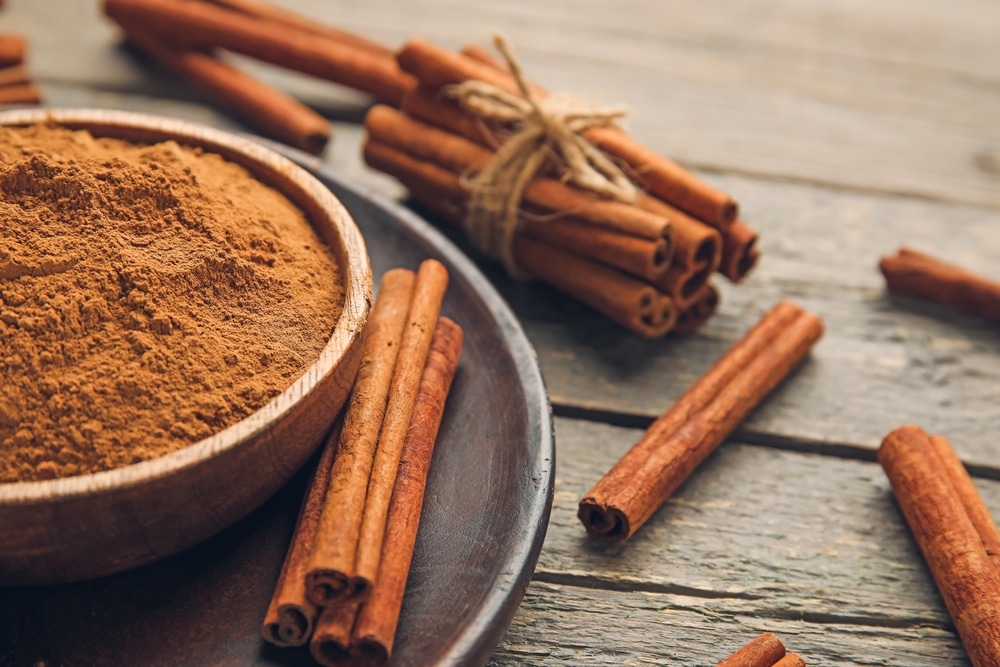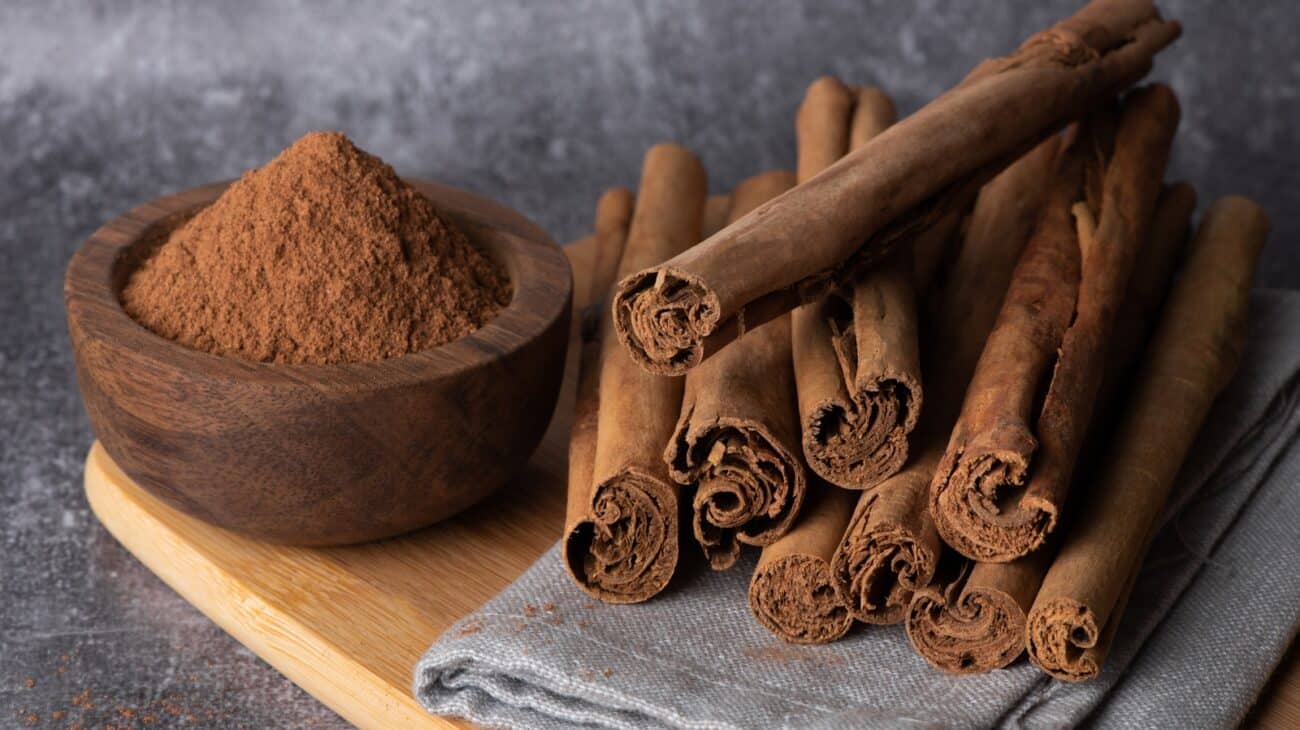Is Saigon cinnamon sweet or spicy?

Saigon cinnamon, hailed for its bold flavor and aromatic allure, occupies a unique place among the diverse array of cinnamon varieties. As a spice originating from Vietnam, particularly around the city formerly known as Saigon, its flavor profile captivates taste buds with a delightful balance of sweetness and spice. Understanding the nuances of Saigon cinnamon unveils its complex flavor profile and culinary versatility, inviting exploration and appreciation for this remarkable spice.
Introducing Saigon Cinnamon
Saigon cinnamon, botanically known as Cinnamomum loureiroi or Cinnamomum aromaticum, stands out for its distinct characteristics compared to other cinnamon varieties. Renowned for its robust flavor and intense aroma, Saigon cinnamon is prized for its culinary applications, offering a tantalizing blend of sweetness and spice that elevates dishes to new heights. The cinnamon bark, harvested from mature trees in the lush landscapes of Vietnam, undergoes a meticulous drying and curing process to enhance its aromatic profile and flavor potency.
The Sweet Symphony of Saigon Cinnamon
One of the defining features of Saigon cinnamon is its inherent sweetness, which sets it apart from other cinnamon varieties. The flavor of Saigon cinnamon is characterized by a pronounced sweetness that coats the palate with a comforting warmth and richness. When used in culinary preparations, Saigon cinnamon infuses dishes with a delicate sweetness reminiscent of caramel and vanilla, imparting depth and complexity to both sweet and savory recipes. From baked goods like cinnamon rolls and pastries to desserts like custards and puddings, Saigon cinnamon lends a sweet symphony of flavor that delights the senses.
Embracing the Spicy Notes
In addition to its sweetness, Saigon cinnamon also boasts a bold and spicy character that adds depth and intensity to dishes. The spice of Saigon cinnamon unfolds on the palate with a warm and pungent sensation, tingling the taste buds with its complex flavor profile. The spicy notes of Saigon cinnamon are more pronounced compared to other cinnamon varieties, lending a robust and aromatic quality to dishes. In savory preparations such as curries, stews, and sauces, Saigon cinnamon imparts a spicy warmth that complements the richness of meats, vegetables, and legumes, creating a symphony of flavors that linger on the palate.
Culinary Versatility and Applications
Saigon cinnamon’s unique blend of sweetness and spice makes it a versatile ingredient in a wide range of culinary applications. In baking, Saigon cinnamon adds depth and warmth to cakes, cookies, and pies, enhancing the flavor profile with its aromatic richness. Its sweet and spicy notes complement ingredients like apples, nuts, and chocolate, creating harmonious flavor combinations that delight the senses. In beverages, Saigon cinnamon lends its distinctive flavor to hot drinks like mulled cider and chai tea, infusing them with a comforting warmth and aromatic complexity.
Exploring the Sensory Experience
The sensory experience of Saigon cinnamon extends beyond its flavor profile to its aromatic allure and visual appeal. The aroma of Saigon cinnamon fills the air with a tantalizing fragrance that evokes memories of cozy kitchens and festive gatherings. Its warm and inviting scent entices the senses, creating an ambiance of comfort and hospitality. Visually, Saigon cinnamon delights with its rich reddish-brown hue and delicate texture, adding visual interest to dishes and culinary creations.
Saigon Cinnamon in Global Cuisine
While Saigon cinnamon has its roots in Vietnamese cuisine, its culinary influence extends far beyond the borders of Vietnam. In international cuisine, Saigon cinnamon is prized for its bold flavor and aromatic potency, enriching dishes from diverse culinary traditions. In Indian cuisine, Saigon cinnamon finds its place in masala blends and sweet desserts, adding depth and complexity to curries and rice dishes. In Middle Eastern cuisine, Saigon cinnamon enhances the flavor of savory tagines and pilafs, infusing them with a warm and aromatic essence.
The Importance of Quality and Sourcing
When using Saigon cinnamon in culinary preparations, quality and sourcing are paramount considerations. Opting for high-quality Saigon cinnamon ensures optimal flavor and potency, enhancing the culinary experience. Sustainable sourcing practices and ethical standards in cinnamon production contribute to the preservation of biodiversity and the well-being of local communities in cinnamon-growing regions.
The Harmonious Blend of Sweetness and Spice
In conclusion, Saigon cinnamon embodies a harmonious blend of sweetness and spice that distinguishes it as a prized ingredient in culinary traditions around the world. Its complex flavor profile, aromatic allure, and culinary versatility make it a cherished spice in kitchens and households globally. Whether adding depth to baked goods, infusing warmth into savory dishes, or enhancing the flavor of beverages, Saigon cinnamon enriches the culinary landscape with its irresistible sweetness and bold spice, inviting exploration and appreciation for its remarkable qualities.
FAQ:
- Is Saigon cinnamon sweeter or spicier compared to other cinnamon varieties? Saigon cinnamon is generally considered spicier compared to other cinnamon varieties due to its bold and intense flavor profile.
- What dishes are enhanced by the use of Saigon cinnamon? Saigon cinnamon adds depth and richness to a variety of dishes, including baked goods like cinnamon rolls and pies, savory dishes like curries and stews, and beverages like chai tea and mulled cider.
- Where can I purchase Saigon cinnamon? Saigon cinnamon is available at specialty spice stores, gourmet food markets, and online retailers that offer high-quality spices and culinary ingredients.
- Is Saigon cinnamon suitable for individuals with a sweet tooth? Yes, Saigon cinnamon’s sweet and spicy flavor profile makes it an excellent choice for individuals who enjoy sweet and aromatic spices in their dishes and desserts.
- How does Saigon cinnamon differ from other cinnamon varieties like Ceylon cinnamon? Saigon cinnamon is known for its bold flavor and intense aroma, while Ceylon cinnamon, also known as “true cinnamon,” has a milder and sweeter taste profile.
- Can Saigon cinnamon be used in savory dishes? Yes, Saigon cinnamon adds depth and complexity to savory dishes like curries, stews, and marinades, infusing them with a warm and aromatic flavor.
- Are there any health benefits associated with Saigon cinnamon? Saigon cinnamon is believed to have antioxidant properties and may help regulate blood sugar levels, improve digestion, and reduce inflammation, though it should be consumed in moderation.
- How should Saigon cinnamon be stored to maintain its freshness? Saigon cinnamon should be stored in an airtight container in a cool, dry place away from heat and sunlight to preserve its flavor and potency.
- Can Saigon cinnamon be used as a substitute for other cinnamon varieties in recipes? Yes, Saigon cinnamon can be used as a substitute for other cinnamon varieties in most recipes, though its bold flavor may require adjusting the quantity used.
- Are there any precautions to consider when using Saigon cinnamon? While Saigon cinnamon is generally safe for consumption, individuals with allergies to cinnamon or certain medical conditions should use caution and consult healthcare professionals before consuming large quantities regularly.
Related Posts
What is special about Saigon cinnamon?
-
Posted by
akshita aishwarya
- 1 comment



